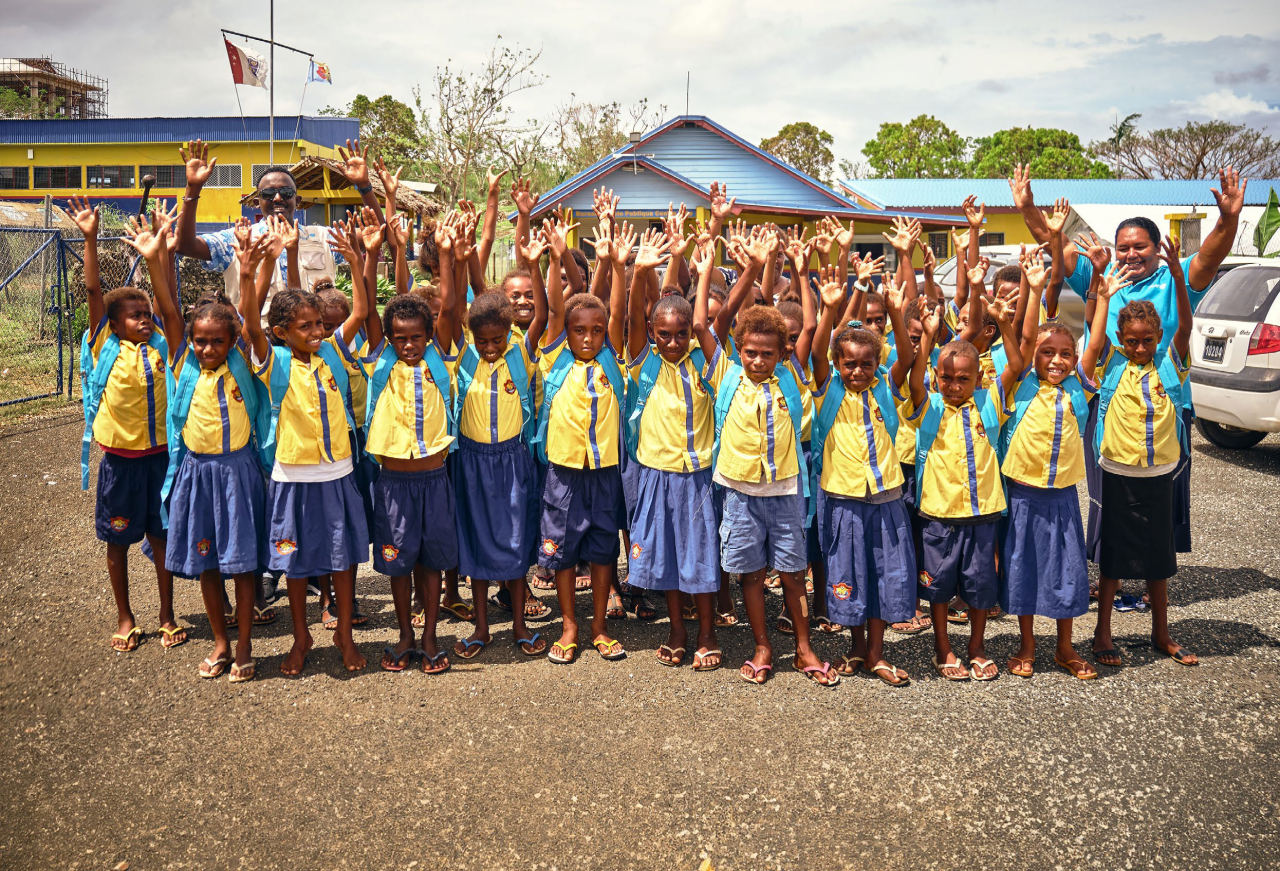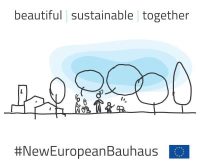The Roman amphitheatre in Durrës in Albania, the buffer zone in the historic centre of Nicosia in Cyprus, Vauban’s 17th century fortifications in Briançon in France, the Renaissance monastery
of San Benedetto Po in Italy, the 15th century monastery in Setúbal in Portugal, the historic mining landscape of Rosia Montana in Romania and the Armenian church of St. George in Mardin in Turkey have
been selected as the first 7 Most Endangered landmarks in Europe.
They were announced on the occasion of the 50th Anniversary Congress of Europa Nostra in Athens (13-16 June 2013) during a dedicated press conference took place in the European Parliament Information Office in Athens.
These seven projects have been selected from a shortlist of 14 established by an advisory panel.
The Congress repeatedly highlighted the importance of the cooperation with the EIB Institute and of the “7 Most Endangered” initiative within the overall spectrum of Europa Nostra’s activities. Rémy Jacob, Dean of the EIB Institute, participated on 16 June in a roundtable discussion on “Mobilising Europe to Save Endangered Heritage” in the framework of the General Assembly.
Experts from the EIB, as well as from CEB, will in the next few months undertake site visits to flesh out an action plan for each site, providing an analysis of what could be done and advice on how related funding could be obtained, e.g. through EU Structural Funds or, in appropriate cases, loans. The EIB experts will contribute on a pro bono base and have been recruited from active as well as retired staff with rich experience in project assessment. The results will be presented at the European Heritage Policy Conference in Brussels on 5 December 2013.




